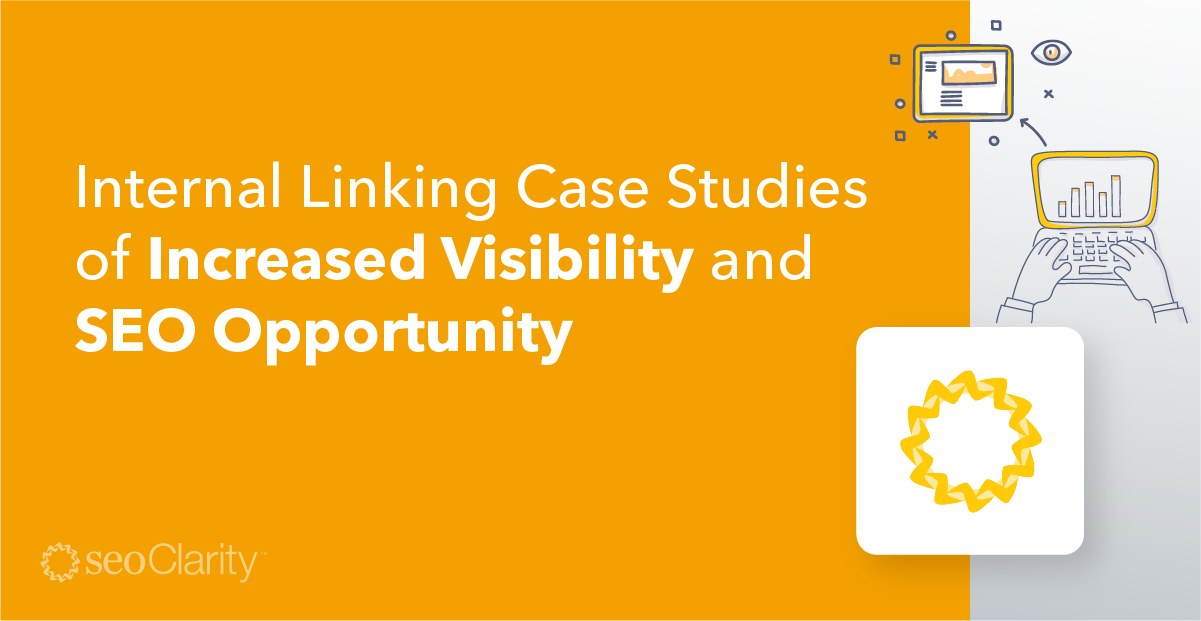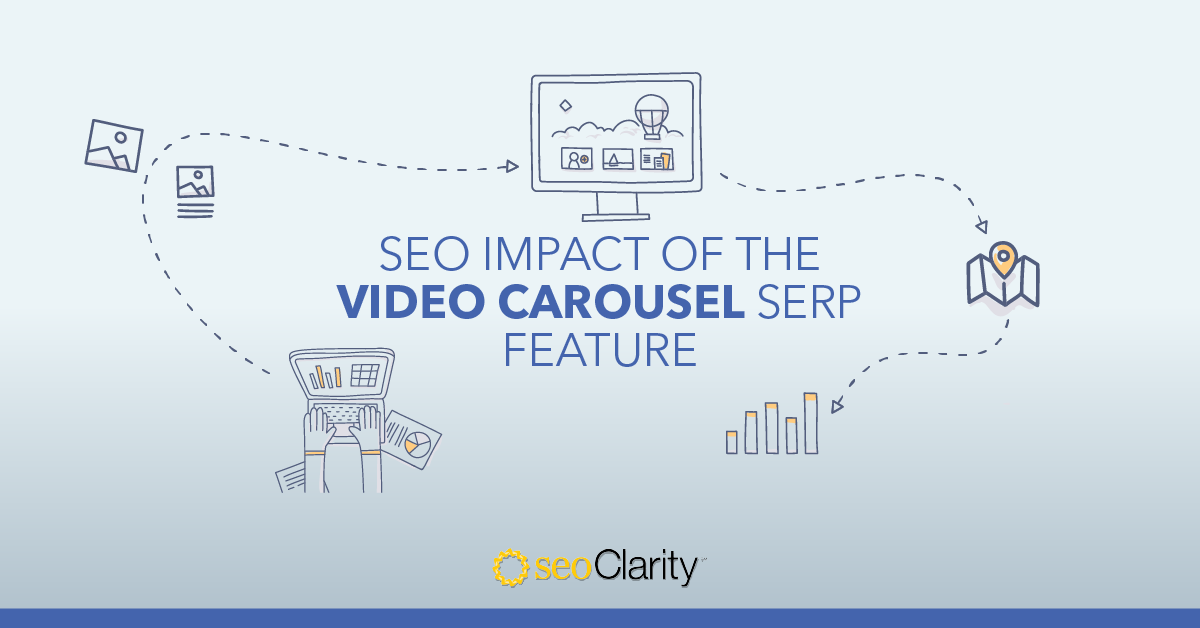AI Overviews appear at the very top of search results, pushing organic results down and dominating a significant portion of the SERP.
Given the significant impact of AIOs may have on organic traffic and visibility, it’s clear why businesses would want to get included as an AIO featured resource.
As Google continues to refine its criteria for selecting featured resources, staying informed and adaptable is key.
In this blog, we’ll explore actionable steps to boost your chances of being featured in AI Overviews.
Table of Contents:
Should You Even Try To Get Featured In AI Overviews?
Before we dive into the different optimization tactics you can implement to get featured in Google’s AI Overviews, it’s important to ask yourself – is it even worth it?
Since AIOs typically result from informational queries (more on this below), the answer might be yes if informational traffic is highly important to your site.
But it’s important to note that AIO results are generated on the fly and cited sources in many answers can be more volatile than featured snippets. In other words, AIOs change a LOT.
As such, there is no guarantee that you’ll get a meaningful return on the effort that you put into getting featured.
This is not to say that you should or should not experiment with trying to get into AI Overviews, it’s just something to consider when prioritizing your SEO efforts.
Still want to try to get featured? Let’s dive into the steps you can take to increase your chances.
How to Get Featured in Google’s AI Overviews
When it comes to getting featured in Google’s AI Overviews, many of the practices align closely with what you’re likely already doing to ensure your content is user-friendly and SEO optimized.
The key lies in fine-tuning these strategies in a way that specifically caters to AI Overviews.
Follow Google’s Search Essentials Guide
Let’s start with Google’s top advice on how to rank in their AI Overviews.
According to Google Search Central, “There is nothing special for creators to do to be considered other than to follow our regular guidance for appearing in search, as covered in Google Search Essentials.”
If you’re unfamiliar, Google Search Essentials are fundamental guidelines and best practices provided by Google to help webmasters and content creators improve their website's visibility and ranking on Google Search.
They consist of guidelines surrounding three main areas:
- Technical requirements: These are the foundational elements needed to make a site accessible and understandable to search engines such as ensuring Googlebot isn’t blocked and that the page has indexable content.
- Spam policies: Google prioritizes sites that offer a secure and positive user experience. As such, you should avoid spammy practices such as cloaking, hidden text and links, keyword stuffing, link spamming, or machine-generated traffic.
- Key best practices: These refer to the core practices that impact your content’s potential for ranking in the SERPs. They include creating helpful, people-first content, ensuring your links are crawlable, and including relevant search queries prominently in your content.
If you’ve already been optimizing your site for SEO, you’re probably very familiar with these practices.
Support and Expand on the Information in AI Overviews
According to Google, “AI Overviews show links to resources that support the information in the snapshot, and explore the topic further.”
As such, it stands to reason that, to get included, your content should expand on the information in the AI Overview you want to appear in.
Aim to cover the given topic as completely as possible. Your content should go beyond the basics, addressing all stages of the user search journey.
Ask yourself, what information would I want to know next if I searched for this topic?
A great resource for anticipating a searcher's past, present, and future needs is Search Journeys in Topic Explorer.
Using clickstream datasets and generative AI, Search Journeys predicts what users will search for before and after any given topic. This provides a clear guide on what to cover to make your content more comprehensive.
Interested in a free Search Journey for your target keyword? Just fill out the form below, and we'll send a custom Search Journey to you.
Target Longer Tail Informational Queries
To appear in AI Overviews, it’s important to know which searches typically provide an AIO result.
Based on the results of our research study on AIOs initial impact, AI Overviews primarily appear for queries with strong informational intent. Specifically, they most commonly show up for longer-tail informational queries, especially regarding obtaining detailed steps or performing a certain task.
Head terms, on the other hand, did not appear to typically generate an AIO.
As such, if your goal is to get featured in AI Overviews, we suggest targeting longer-tail informational queries.
Ensure Content Relevancy & Address the Query Quickly
AI Overviews are designed to quickly provide the most relevant and useful information. As such, it’s important to ensure that your content clearly and directly answers the search query for the AIO that you want to get included in.
Avoid burying the answer to the query under a bunch of other information. First, ensure that your content addresses the user's primary need and then go on to provide additional information that expands on the topic further.
Structure Content So It’s Easy to Understand
Not only do Google’s AI Overviews aim to deliver easily digestible information, but well-structured content is also easier for Google’s AI to parse and understand.
As such, it’s essential to structure your content in a user-friendly manner to enhance your chances of being selected for AI Overviews.
Clear headings, subheadings, bullet points, and short paragraphs all improve readability, allowing users to quickly scan and find the information they need.
Update Content Regularly
Regularly updating your content ensures it remains relevant, accurate, and useful, which is crucial for ranking in Google's AI Overviews.
Since information can become outdated quickly, frequent updates keep your content current with the latest trends, data, and best practices, making it more relevant to user queries.
Recommended Reading: AI Search Engines Framework: SEO In the Age of AI
Conclusion:
While there’s no guaranteed success due to the rapidly changing nature of AIOs, the efforts listed above can enhance your potential to appear as a featured resource for the queries that matter to your business.
Here’s a quick recap:
- Follow Google’s Search Essentials Guide
- Support and Expand on the Information in AI Overviews
- Target Longer Tail Informational Queries
- Ensure Content Relevancy & Address the Query Quickly
- Structure Content So It’s Easy to Understand
- Update Content Regularly
As always, stay informed and adaptable to maintain your competitive edge in the ever-evolving search landscape.
Learn how seoClarity can help you monitor the impact of AI Overviews on your rankings and traffic – schedule a demo today!








Comments
Currently, there are no comments. Be the first to post one!